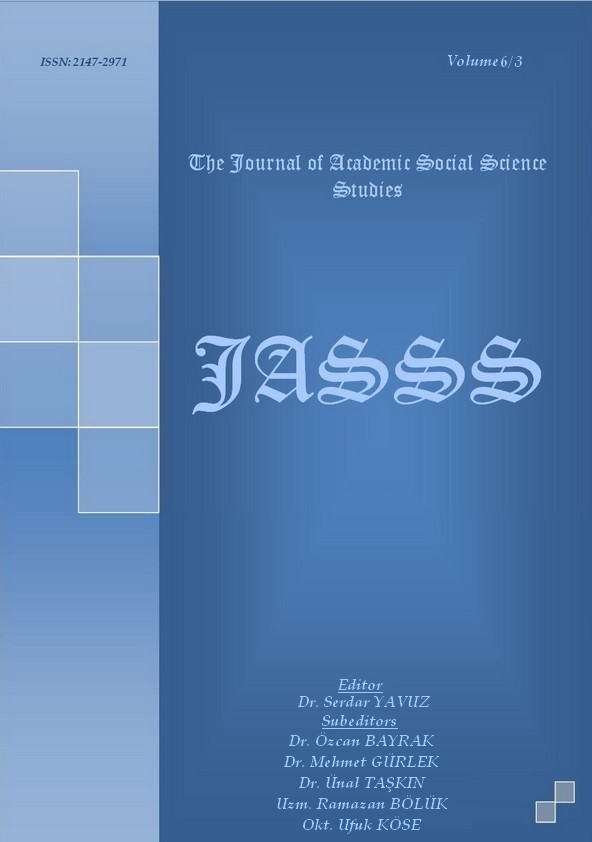İNGİLTERE SAVUNMA BAKANLIĞI KAYITLARINA GÖRE I. DÜNYA SAVAŞI SIRASINDA OSMANLI DEVLETİ VE İRAN ARASINDAKİ ULAŞIM YOLLARI
Author :
Abstract
20. yüzyılın en önemli olaylarından biri hiç kuşkusuz 28 Temmuz 1914’te başlayıp 11 Kasım 1918’de sona eren I. Dünya Savaşı’dır. Savaş, Avrupa’dan Orta Asya’ya kadar birçok coğrafyayı doğrudan etkilemiş ve savaştan sonra bu coğrafyalardaki siyasi sınırlar ve hâkim güçler önemli ölçüde değişmiştir. Osmanlı Devleti 30 Ekim 1914’te Almanya ve Avusturya-Macaristan’ın oluşturduğu İttifak Devletleri’nin yanında savaşa dâhil olmuş ve böylece savaşta açılan cephe sayısı da artmıştır. Bu cephelerden ikisi Kafkasya ve İran cepheleridir. İran Devleti her ne kadar savaş başladığında tarafsızlığını ilan etse de bu tarafsızlığı sağlayacak siyasî, askerî ve ekonomik güçten yoksundu. Bu nedenle topraklarının büyük güçler arasında bir mücadele alanı olmasına engel olamamıştır. İngiltere hem müttefiki olan Rusya’ya yardım ulaştırmak hem de Osmanlı Devleti ve Almanya’nın bölgedeki artan etkisini zayıflatmak ve en önemlisi de hâkimiyeti altında olan Hindistan’a giden yolların güvenliğini sağlamak amacıyla İran Cephesi’ne ayrı bir önem vermiştir. Çünkü Hindistan’a giden yolda en stratejik alanlardan biri İran coğrafyasıydı. Bu çalışmada İngiltere Savunma Bakanlığı’na bağlı Hindistan Genelkurmay Başkanlığı tarafından 1916’da hazırlanan bir rapor ışığında Osmanlı ve İran arasındaki ulaşım yolları ve askerî güzergâhlar ile bu güzergâhların coğrafi konumları, özellikleri ve stratejik-askerî önemleri üzerinde durulmuştur.
Keywords
Abstract
The First World War, which started in July 28, 1914 and ended in November 11, 1918, was undoubtedly one of the most important events in the 20th century. The war directly affected many areas from Europe to Central Asia, and the political borders and the dominant forces changed significantly in these parts of the world after the war. The Ottoman Empire was involved in this war next to the Central Powers formed by Germany and Austria-Hungary in October 30th 1914 and thus the number of front-lines increased in the war. Two of the most important fronts were Caucasian and Iranian Fronts. Although Iran declared its neutrality when the war began, it didn’t have the political, military and economic power to ensure this impartiality. For this reason, Iran could not prevent its territory becoming a battlefield in the war between the great powers. Britain attached special attention for the Iranian front in order to both deliver aid to Russia and weaken the growing influence of the Ottoman Empire and Germany in the region, and most importantly, in order to ensure the safety of the roads leading to India, as Iran was one of the most strategic areas on the way to India. In this study, the military routes and lines of communications between the Ottoman Empire and Iran and the geographical locations of these routes with their strategic-military importance are to be analyzed in the light of a report prepared by the General Staff of India in 1916.





